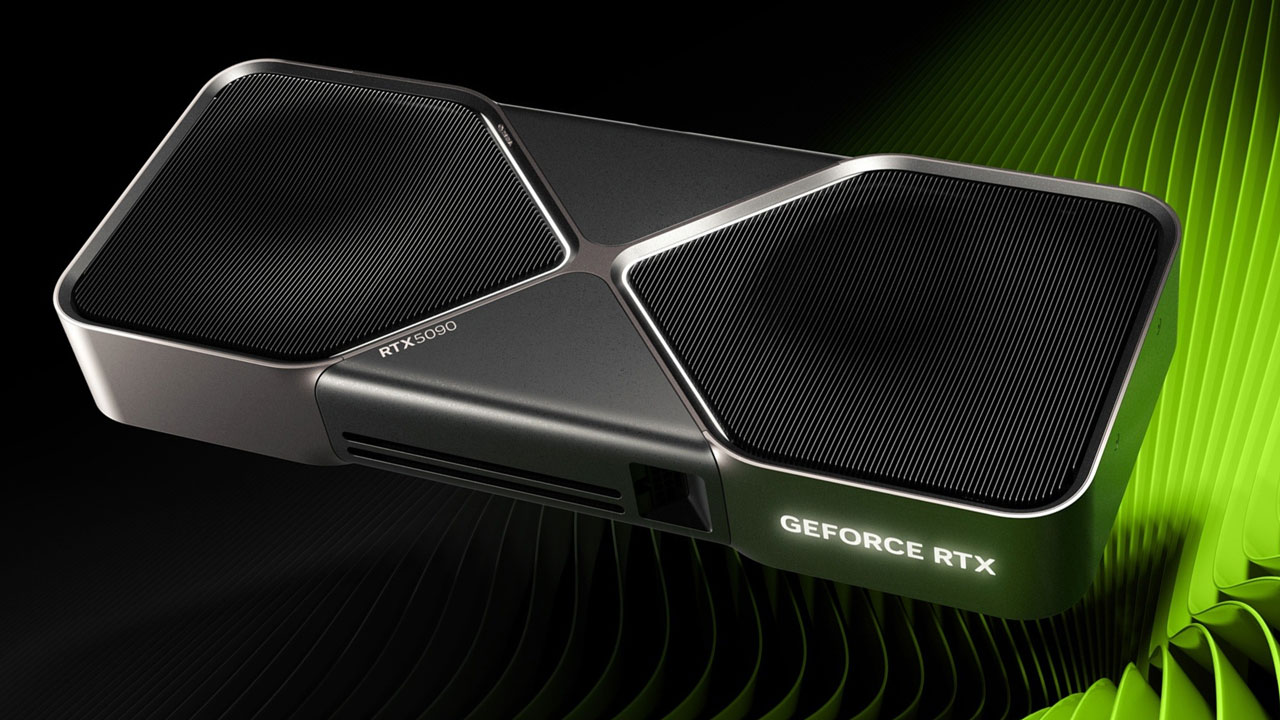Nvidia’s upcoming China-focusedRTX 5090Dis purportedly locked down, preventing users from using theBlackwellGPU for specific workloads. A user on theChiphell forumsreports that after “3 seconds,” the RTX 5090D locks itself, preventing users from running particular workloads, overclocking the GPU, adjusting power limit parameters, and even using the GPU in multi-GPU setups.
The RTX “D-series” (for Dragon) is a custom Nvidia GPU explicitly tailored to meetU.S. export regulationsbased on GPU performance. The previous generationRTX 4090was too powerful to export to China legally. Hence, Nvidia had to roll out theRTX 4090D,slightly less potent than its vanilla counterpart, to meet regulations. The RTX 5090D is the sucessor to the RTX 4090D.

Nvidia has had to repeat this same strategy with the RTX 5090, but for the RTX 5090D variant, it has changed how it executes that strategy. The previous-gen RTX 4090D featured a physical reduction in GPU specs compared to the vanilla RTX 4090, operating with 12.8% fewer CUDA cores, 5.9% less power (maximum power), and slightly different base clock speeds. TheRTX 5090Dflips things around, featuring thefullspecs of the vanilla RTX 5090, all the way down to the base and boost clocks. The only thing Nvidia changed was the AI performance of the RTX 5090D, which has been “magically” reduced by a significant 29%.
We say magically because it remains a mystery how Nvidia is handicapping the RTX 5090D’s AI performance. The performance drops from 3,352 AI TOPS to 2,375 AI TOPS.

The Chiphell user’s discovery reveals that Nvidia relies heavily on artificial driver and/or firmware limitations to keep the RTX 5090D’s performance in check. For instance, the driver appears to lock the RTX 5090D’s performance at a three-second hard limit when it detects AI inferencing or a crypto mining workload. Apparently, generative AI isn’t affected.
The RTX 5090D seems to have a non-modifiable power limit, preventing potential user exploitation. Therefore, you can’t overclock it. In comparison, the RTX 4090D’s power limit wasn’t restricted, so users can unlock it to 600W and overclock it to regain the lost performance.
The Chiphell user was explicit that the RTX 5090D cannot be tweaked or manipulated online (or from the cloud) and cannot operate in a multi-GPU setup. Nvidia has purportedly locked this functionality down to the “bottom layer of the Linux system.” The user neglected to share how the RTX 5090D behaves when another GPU is installed. Still, regardless, the RTX 5090D will apparently be unable to run any workloads in unison with another GPU, at the very least.
Get Tom’s Hardware’s best news and in-depth reviews, straight to your inbox.
Only time will tell whether Nvidia’s limiters will work. Remember theLHR (Lite Hash Rate)fiasco during the great GPU shortage? The limiter was supposed to restrict the RTX 30-series GPU’s mining performance to prevent cryptominers from gobbling up all the stock. It didn’t take long for individuals and organizations to find a workaround.
Aaron Klotz is a contributing writer for Tom’s Hardware, covering news related to computer hardware such as CPUs, and graphics cards.